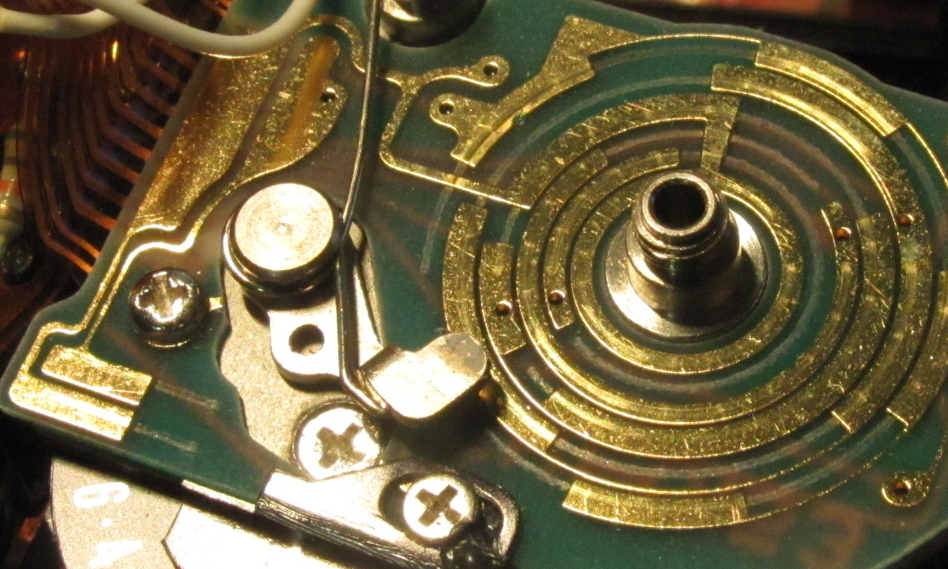Tag: film camera
-

Canon A-1 Mode Switch Repair
My Canon A-1 (which I fixed the wheeze on here but please don’t use that method because it’s a bad hack that could cause more harm than good) was doing something weird. Every so often, when taking a photo indoors in aperture priority mode (Av), I would notice that the camera’s settings would jump to…
-
Canon A-1 wheeze fix
There’s a well-known issue with Canon A series cameras where the mirror damper mechanism’s lubrication dries out and the mechanism becomes slow and noisy. The noise sounds to me like a wheeze, but other people call it a squawk or a squeal or a screech. The human ability to be flexible with onomatopoeic terminology is…